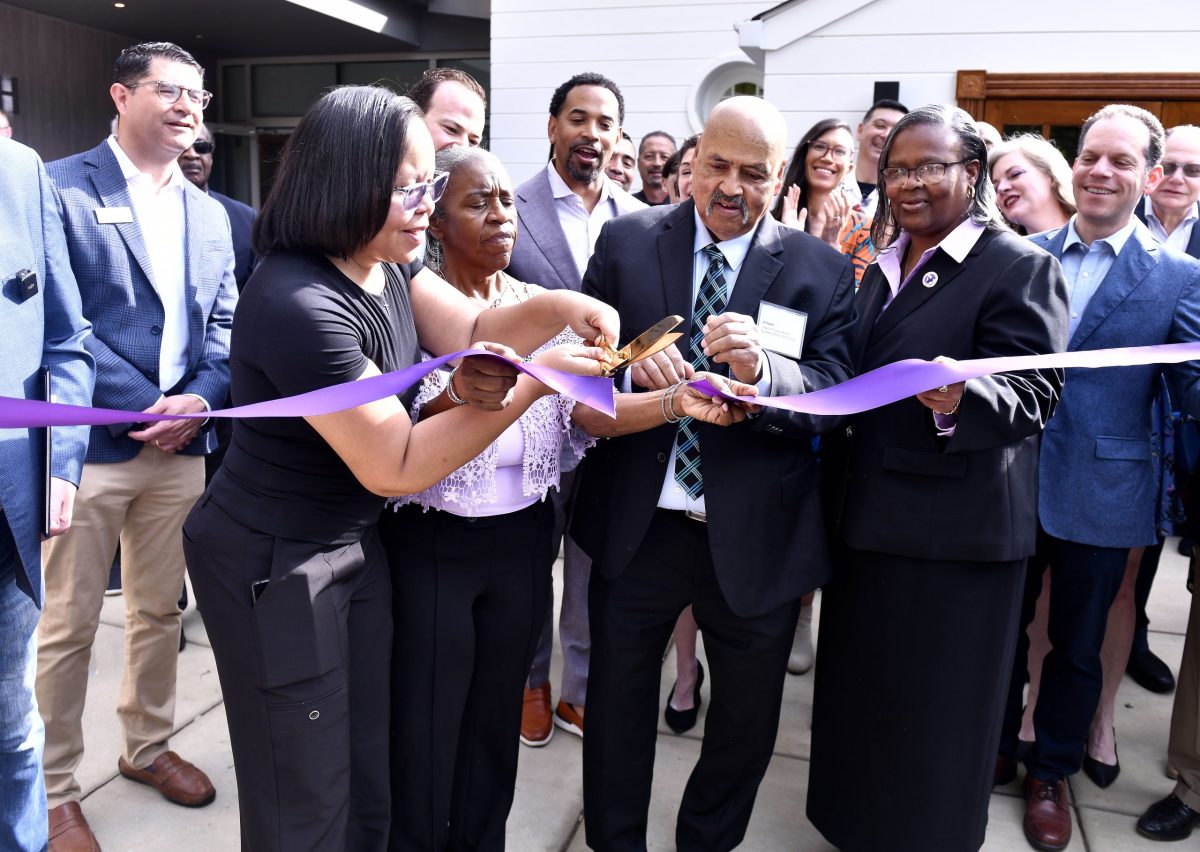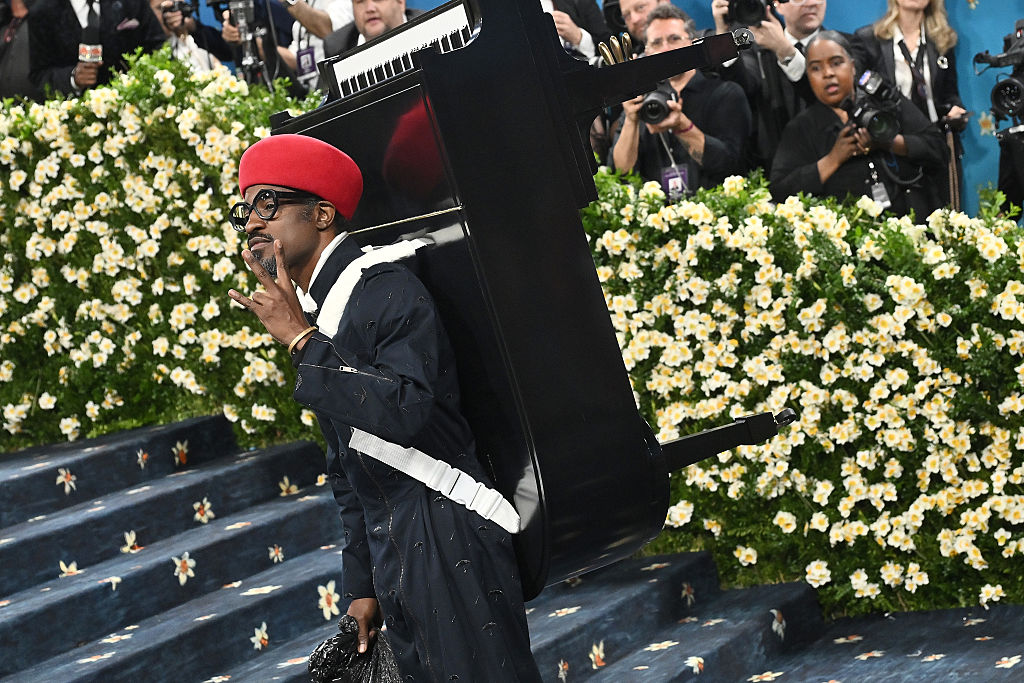Community members, politicians, and members of the faith community gathered on April 30, for a ribbon cutting ceremony celebrating the rebuilding, restoration and resilience of Scotland A.M.E. Zion Church.
A beacon of faith, strength, and cultural heritage in Potomac, Maryland, hundreds united to experience the triumphant moment that marks the beginning of a new chapter for the historic place of worship.
Originally constructed as a church and school in 1905 by freed African American slaves, the restoration was of great cultural and emotional significance to the hundreds in attendance.
A testimony of legacy, past, and future promise to new generations, the church has served the community for over a century.

“This wasn’t just another project, from the church members to the greater community,” said the Rev. Dr. Evalina Huggins, presiding elder. “Our hearts were in it.”
Emphasizing the importance of the building’s heritage, Rabbi Evan J. Krame brought the crowd to cheers as he closed the dedication ceremony.
“Ancestors claimed this land, and we, their children, followed in their footsteps with the vision that what was flooded and broken could be rebuilt.”
Rising After the Storm
The long journey to the celebration began in July 2019, when unprecedented rains overwhelmed the church’s infrastructure.
“The church was essentially located in a bowl,” explained Al Heard, chair of the trustee board. “Water came flowing from above, on the hill, and directly off Seven Locks Road. With insufficient drainage, the basement flooded so badly that a wall was knocked out of the foundation.”
Soon after, the building was deemed unsafe for occupancy. Yet the congregation never lost hope.
“This was our home, so we continued to worship in the parking lot, borrowed spaces, even a dance studio,” Heard recounted. “Our church family, faith, and praise, we kept strong.”
The story of the church’s restoration mirrors the biblical story of Noah’s Ark in the notion that when storms rise, resilience and faith can carry a people through. Much like the ark that sheltered folks to ensure a future, the Scotland A.M.E. Zion Church has emerged ready to carry forward the dreams of generations past and yet to come.
“This church was built by freed men and women, African Americans who saw the need for a schoolhouse and a church, a place of education and faith,” Huggins related.
Overcome with emotion during the rededication ceremony, the presiding elder emphasized the significance of the moment.
“We stand on their past gifts and sacrifices,” she said, “while honoring the future legacy we will build in this renewed space.”
Faith Never Wavered
Francine Scott, 75, a fifth-generation church member, reflected on the rollercoaster of emotions tied to the building’s rebirth.
“Looking at this building today, I am overwhelmed with gratitude,” she said through great emotion. “When you hear millions of dollars are needed to repair a building that has been our worship home for decades, you feel displaced, somewhat hopeless.”
But she insists that the congregation’s faith never faltered.
“We knew we would prevail,” Scott said. “And then came the overwhelming response of the community.”
Indeed, a broad coalition came together to make the restoration possible.
Major contributions came from the Glenstone Foundation, the J.W. & Alice Marriott Foundation, the state of Maryland, Montgomery County, the Trust for Historic Preservation, and several others, including Bob Buchanan and the Brickman Family Foundation.
Their generosity, paired with tireless work from volunteers, church members, and civic leaders, turned devastation into a miracle.
“Not only were we touched by the generosity of hundreds of thousands of dollars from donors,” Huggins, the church’s pastor, said, “but our hearts overflowed at the fact that work hours donated by staff equaled and exceeded total monetary contributions.”
A Home Reborn
More than 150 people filled the sanctuary for the unveiling.
As the choir closed the program with a rousing rendition of “Total Praise,” emotions soared. Tears filled the eyes of some attendees. Hugs were exchanged, and a shared breath of gratitude and awe lingered in the room.

Though the physical construction is complete, the church’s leadership acknowledges that its work has only just begun.
“The restoration and construction are complete, but our mission to sustain the church for another century continues,” said Huggins. “This is the dawn of a new beginning.”
For worshippers like Scott, who married at the church in 1968 and will soon witness her granddaughter Ciara become the first bride to be married in the newly restored church, the journey has come full circle.
“This is an unbelievable miracle,” said Scott, “more than we could have ever hoped for.”








